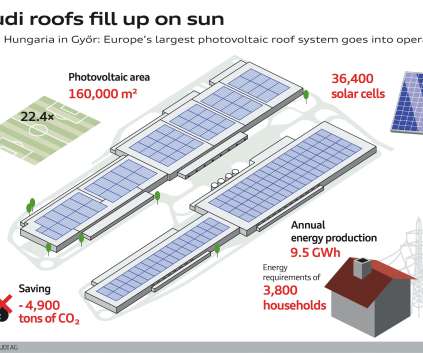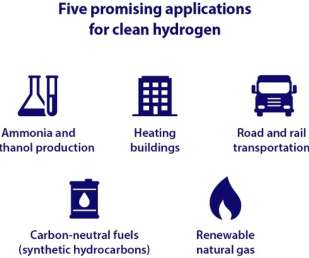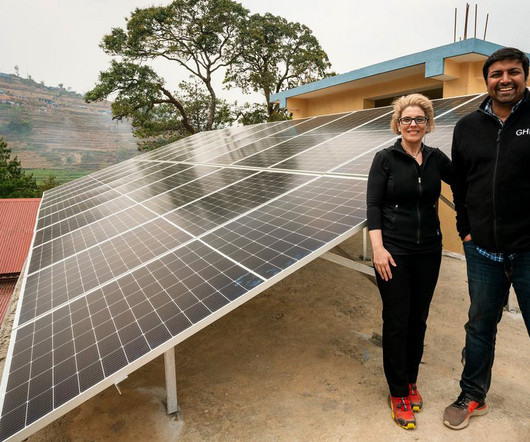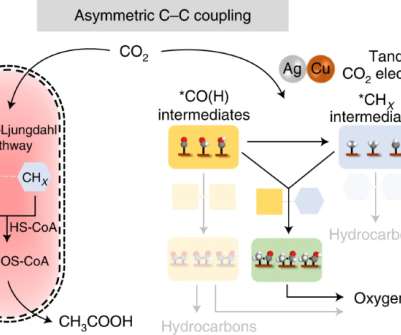Audi Hungaria starts operation of Europe’s biggest solar roof installation
Green Car Congress
OCTOBER 8, 2020
The focus lies on the challenges that are key to Audi: decarbonization; water utilization; resource efficiency; and biodiversity. This solar energy park, covering an area of approximately 160,000 square meters, consists of 36,400 solar cells and provides a maximum performance of twelve megawatts.




































Let's personalize your content